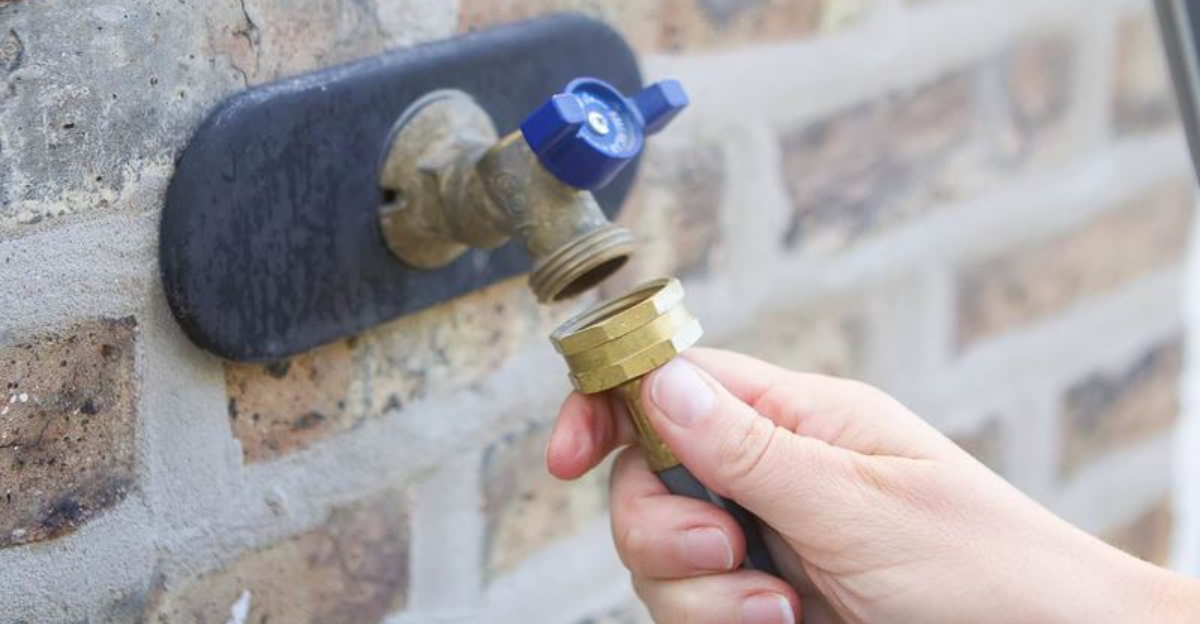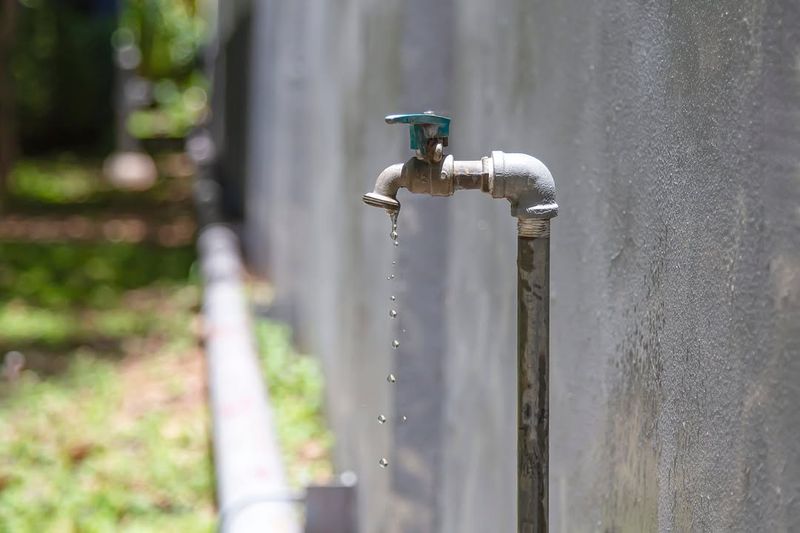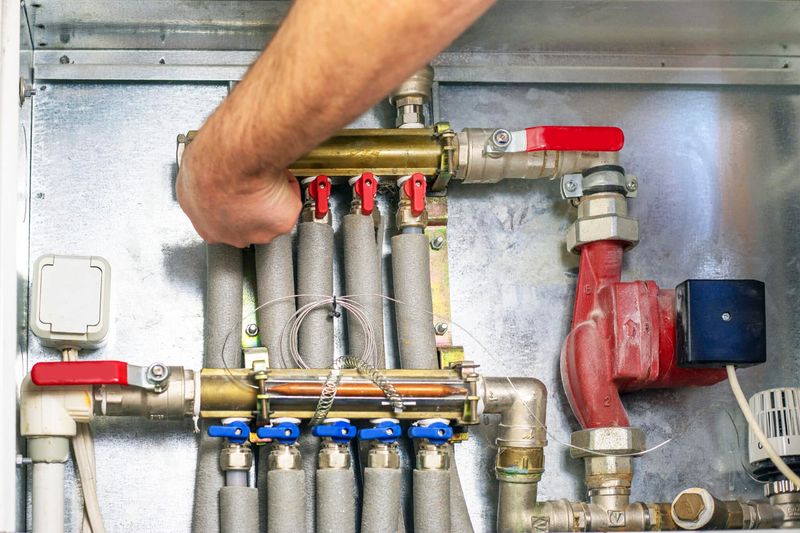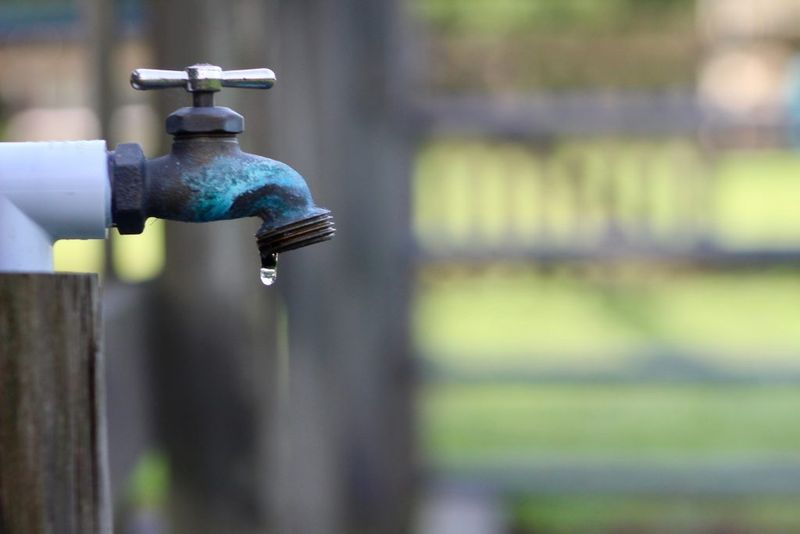As fall settles into Utah, the air shifts in a way seasoned homeowners recognize right away. Nights turn crisp, shadows stretch longer, and the first hint of frost creeps across lawns. Those small signs mean it is time to pay attention to outdoor water lines before the cold digs in.
A simple rule has helped many homeowners avoid cracked pipes, burst valves, and costly repairs once winter hits. By acting at the right moment, a yard stays protected long after the sprinklers go silent.
Understanding Why October 15 Matters
Utah’s climate shifts dramatically as fall progresses, and October 15 has become the unofficial cutoff date for outdoor water safety. Temperatures typically drop below freezing at night after mid-October, putting any water left in pipes and sprinkler systems at serious risk.
Water expands when it freezes, creating pressure that can crack pipes and damage irrigation equipment. Homeowners who wait too long often face repairs costing hundreds or even thousands of dollars.
Marking this date on your calendar helps you stay ahead of winter’s arrival and protects your home’s plumbing investment.
Draining Your Sprinkler System Completely
Simply turning off the water valve isn’t enough to protect your sprinkler system from freezing damage. Leftover water trapped in underground pipes will freeze and expand, causing cracks that leak come springtime.
Many Utah homeowners hire professionals to blow out their systems using compressed air, which forces every drop of water from the lines. If you prefer doing it yourself, you’ll need an air compressor and the right attachments for your specific system.
Either way, complete drainage is essential for preventing winter disasters.
Shutting Off Exterior Faucets And Hose Bibs
Outdoor faucets connect directly to your home’s plumbing, making them vulnerable spots during freezing weather. Before October 15 arrives, disconnect all garden hoses and drain them completely before storing them away for winter.
Next, locate the indoor shutoff valve that controls each exterior faucet and turn it off. Open the outside faucet to let any remaining water drain out, then leave it slightly open throughout winter.
This simple step prevents frozen pipes from bursting inside your walls, which creates messy and expensive repair situations.
Insulating Vulnerable Pipes And Valves
Even after draining your system, certain components remain exposed to harsh winter conditions. Backflow preventers, pressure vacuum breakers, and above-ground pipes need extra protection from Utah’s cold nights.
Hardware stores sell inexpensive foam insulation sleeves that slip over pipes and specialized covers for backflow devices. Some homeowners also wrap vulnerable areas with heat tape, which provides active warming during extreme cold snaps.
Taking these precautions adds another layer of security against freeze damage that catches unprepared homeowners off guard each winter season.
Checking And Maintaining Your System Before Spring
Your work doesn’t end when you winterize in October. Come springtime, carefully inspect your entire outdoor water system before turning everything back on for the season.
Look for cracked pipes, damaged sprinkler heads, and leaking valves that might have developed during winter months. Turn the water on slowly and watch for problems, checking each zone of your irrigation system individually.
Catching small issues early prevents bigger headaches later. Regular maintenance keeps your system running efficiently year after year, making that October 15 deadline worth following faithfully.






